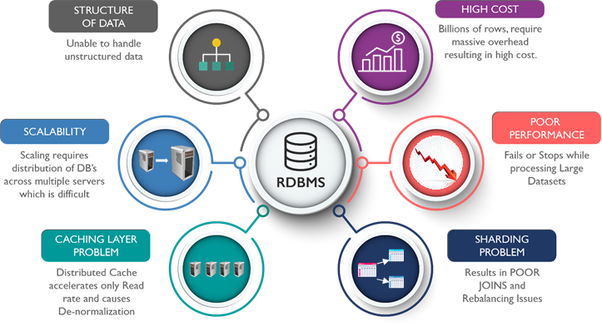
The storage engine’s default commit log is set to sync periodically every 10 seconds.

It does not have the rigidity to prevent partially successful writes, dupes, contradictions and the like. Cassandra was never designed to manage file or object storage metadata and it is predictably weak in this regard.Let’s explore why in a little more detail. Object storage needs are far simpler and different from what Cassandra is built for.īecause the implications of employing Cassandra as a object storage metadata database were not properly understood, many object storage vendors made it a foundational part of their architecture - unfortunately it keeps them from ever moving past simple archival workloads into the modern workloads that define the future of object storage (AI/ML, analytics, web/mobile applications). However, using Cassandra as a metadata database for an object storage system introduces significant complexity resulting in data integrity and performance issues at scale - particularly if one wants to use their object store as a primary storage system.


Cassandra's eventual consistency model and lack of transactions, multi-table support like joins, subqueries can also limit its usefulness. Like any powerful tool, Cassandra has its ideal use cases - in particular, Cassandra excels at supporting write-heavy workloads, while having limitations when supporting read-heavy workloads. Cassandra is a popular, tried-and-true NoSQL database that supports key-value wide-column tables.


 0 kommentar(er)
0 kommentar(er)
